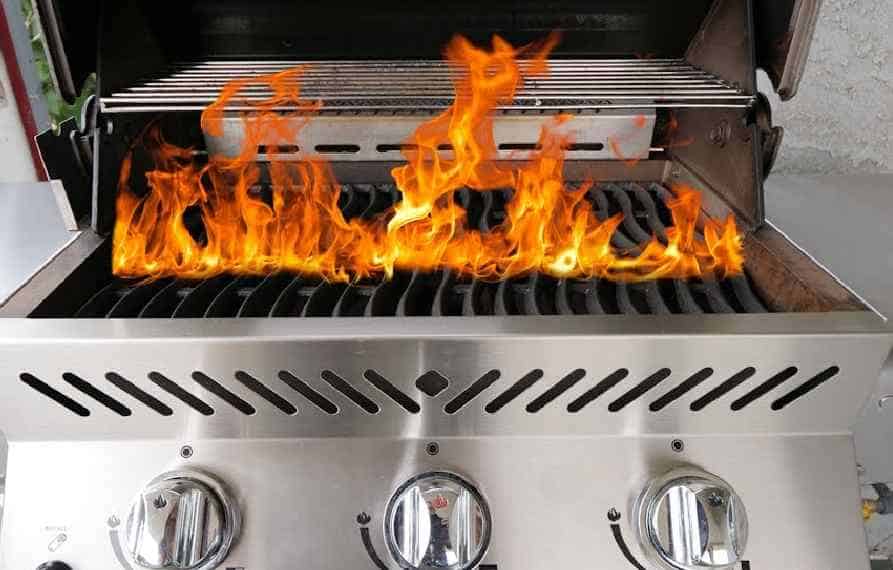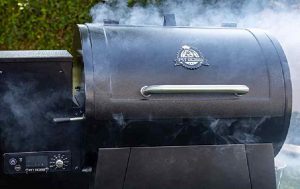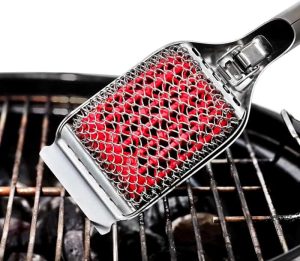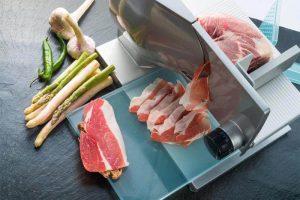Picture this: you’ve got a delicious meal planned, the weather is perfect, and you’re ready to fire up the grill for a fantastic outdoor feast.
But, suddenly, your gas grill won’t light. With a little know-how and some troubleshooting, you can easily identify and fix the problem.
In this guide, we’ll explore the most common reasons your gas grill isn’t lighting and offer straightforward solutions to get you back on track for a memorable cookout.
- How to Light a Gas Grill?
- Video: “How to Light a Gas Grill SAFELY”
- My Gas Grill Won’t Light: Common Causes and Solutions
How to Light a Gas Grill?
Grilling with gas is a convenient and efficient way to cook up a delicious meal, but it’s important to follow the right steps to ensure a safe and enjoyable experience.
We’ve compiled essential tips from our experts to help you light your gas grill with ease and confidence.
Open the lid:
Before lighting your grill, always keep the lid open to prevent gas buildup, which can lead to an explosion or severe flare-up.
Check the gas level:
Ensure your propane tank or natural gas supply has enough fuel for your grilling session. Having a spare propane tank on hand is a great idea, just in case you run out mid-grill.
Turn on the gas:
Open the shutoff valve at the top of the propane cylinder or ensure your natural gas supply is connected. Then, turn on one of the gas burners on the grill to allow the gas to start flowing.
Related >> How To Start a Gas Grill
Ignite the grill:
If your grill has an igniter button, press it until you see and hear the ignition. If the grill doesn’t light, check the AA battery behind the igniter it may need replacing.
If your grill doesn’t have an igniter, you can light it manually with a long match or lighter, either through the cooking grates or via a match holder.
Test the heat:
After ignition, wait about 20 seconds and carefully hold your hand about 6 inches above the grill to feel the heat. The grill should start to feel warm. Light any additional burners you’ll be using for direct or indirect grilling.
Preheat the grill:
Close the lid and let the grill preheat for 10 to 15 minutes.
When the temperature reaches around 500°F, use a long-handled grill brush to clean the grates. Adjust the burners to achieve the desired temperature for your recipe.
- If the grill fails to ignite, keep the lid open and wait for any residual gas to dissipate before trying again.
- Always follow your grill’s instruction manual for specific lighting guidelines and safety precautions.
By following these simple steps, you’ll be on your way to a successful and enjoyable grilling session with your gas grill.
You can also watch a video about “How to Light a Gas Grill SAFELY” below:
My Gas Grill Won’t Light: Common Causes and Solutions
Nothing can put a damper on your grilling plans quite like a gas grill that refuses to light.
There could be several reasons why your grill isn’t lighting, so before you give up, make sure to check the burners, ignition battery, electrode wires, and propane tank.
Here’s a helpful guide to diagnosing and resolving the most common issues that prevent your gas grill from lighting.
Inspect and clean the burners:
Your grill burners could be blocked by dirt, grime, insects, or other debris.
Disconnect the grill from its fuel source and remove the grate to inspect the burners. Clear any obstructions to ensure proper gas flow.
Check the ignition battery:
A dead ignition battery can prevent your grill from lighting. Ensure that the battery is correctly positioned and not wet, oxidized, or corroded.
Clean the battery with a dry cloth or rubbing alcohol if needed. If the grill still doesn’t light, it’s time to replace the battery.
Examine the electrode wires:
Ensure the electrode wires are connected properly and positioned correctly with a distance of ⅛ to ¼ inch from the gas port opening on the burner.
Using rubbing alcohol and a cotton swab, clean dirty electrode terminals. If the grill still won’t light, you may have a damaged electrode that needs replacing.
Ensure proper propane tank connection:
Double-check that your propane tank is connected correctly to the grill.
The coupling nut should be turned another half to a three-quarter turn until it comes to a complete stop. Tighten by hand only to avoid stripping the threads.
Consider weather conditions:
Moisture and freezing temperatures can affect your grill’s ability to light. In cold climates, bring your propane tank inside to warm up to room temperature before grilling.
Inspect for loose or frayed wires:
A loose wire or a group of wires plugged into the spark generator can prevent your grill from lighting. Check that all wires are positioned correctly and securely plugged in.
Test the ignition module:
If the ignition module is faulty or damaged, it won’t send the necessary current to the igniter electrode.
Press the igniter button after checking the battery. If you don’t hear any clicking, the module may need to be replaced.
Evaluate the spark generator:
Listen for a clicking sound or a hard snap to determine if the spark generator is functioning properly. If you don’t hear any sound, it may be time to consult an expert for a replacement.
By following this guide, you’ll be able to identify and resolve most issues that may be causing your gas grill not to light.
Related >> How to Use Wood Chips on a Gas Grill (3 Easy Steps)
Final Thoughts
Grilling is an enjoyable and delicious way to cook, but a gas grill that won’t light up can certainly put a damper on your plans.
By following the tips and tricks outlined in this guide, you can diagnose and resolve most issues, ensuring that your grill is ready for action whenever you need it.
>> Visit our extensive BBQ guides page for more articles that are similar to this one.
Greetings! I’m Chad, a 43-year-old barbecue aficionado hailing from the beautiful state of Texas. I’m thrilled to invite you on a culinary journey as we explore the art of grilling and smoking together. Through this blog, I aim to ignite your passion for barbecue by offering:
Scrumptious, time-honored BBQ recipes passed down through generations, guaranteed to tantalize your taste buds.
Expert guidance on mastering the grill, smoker, and diverse cooking techniques to elevate your barbecue game.
Recommendations on choosing the perfect tools and equipment tailored to your grilling requirements.
An inside look at the latest trends, innovations, and advancements in the ever-evolving world of barbecue.





